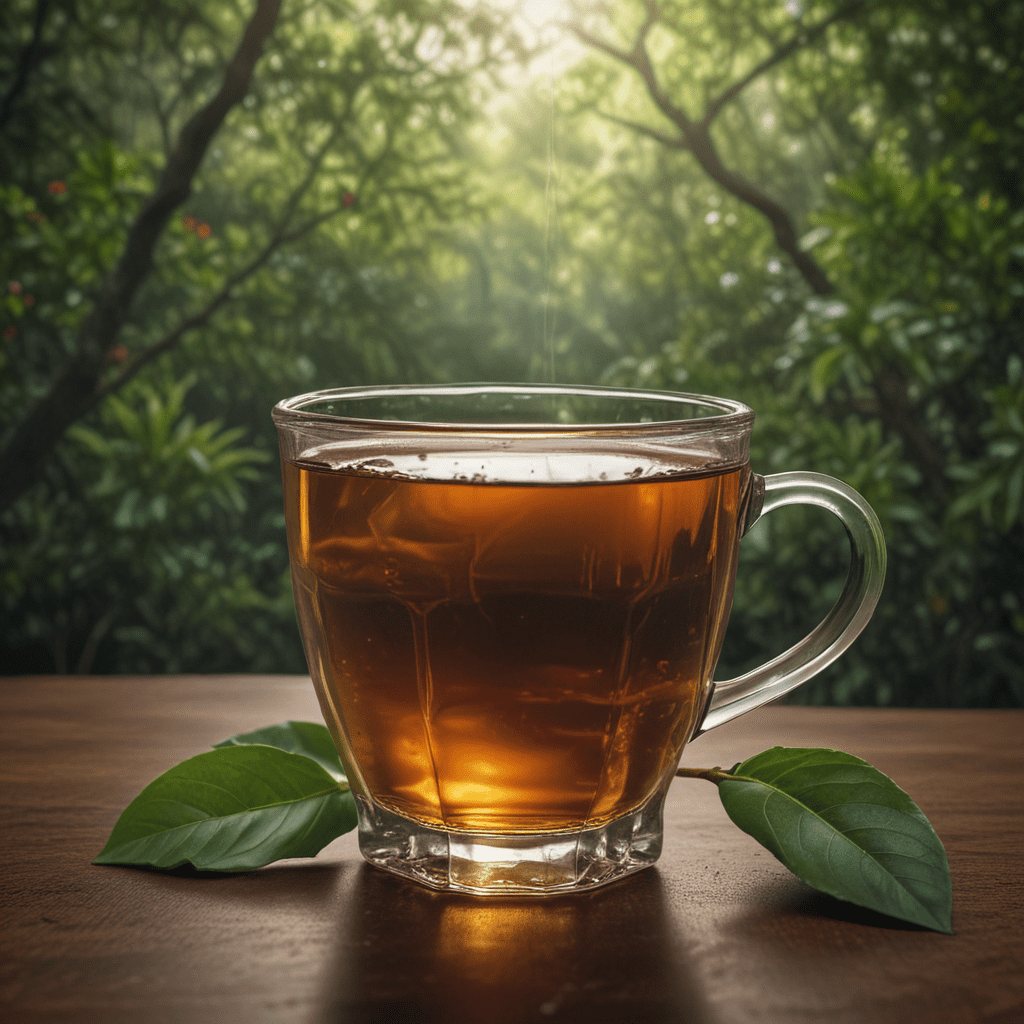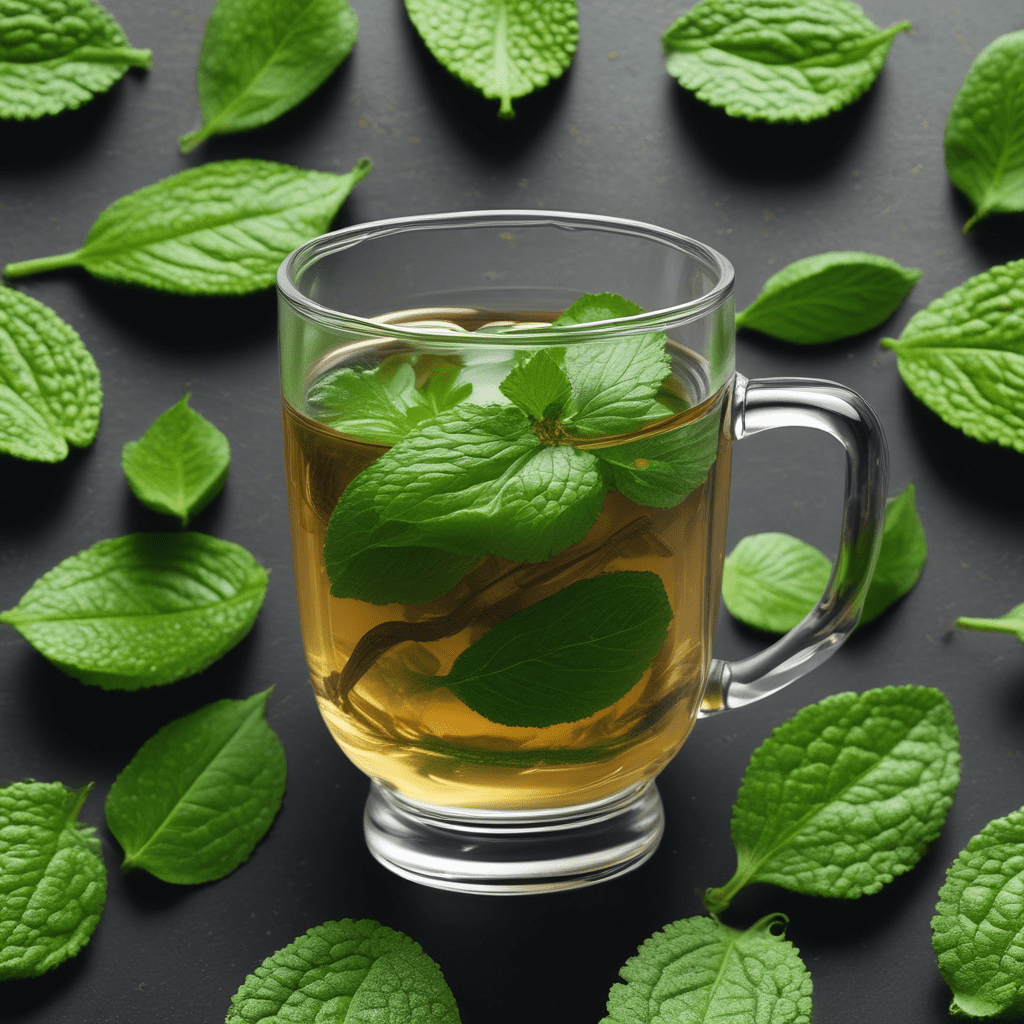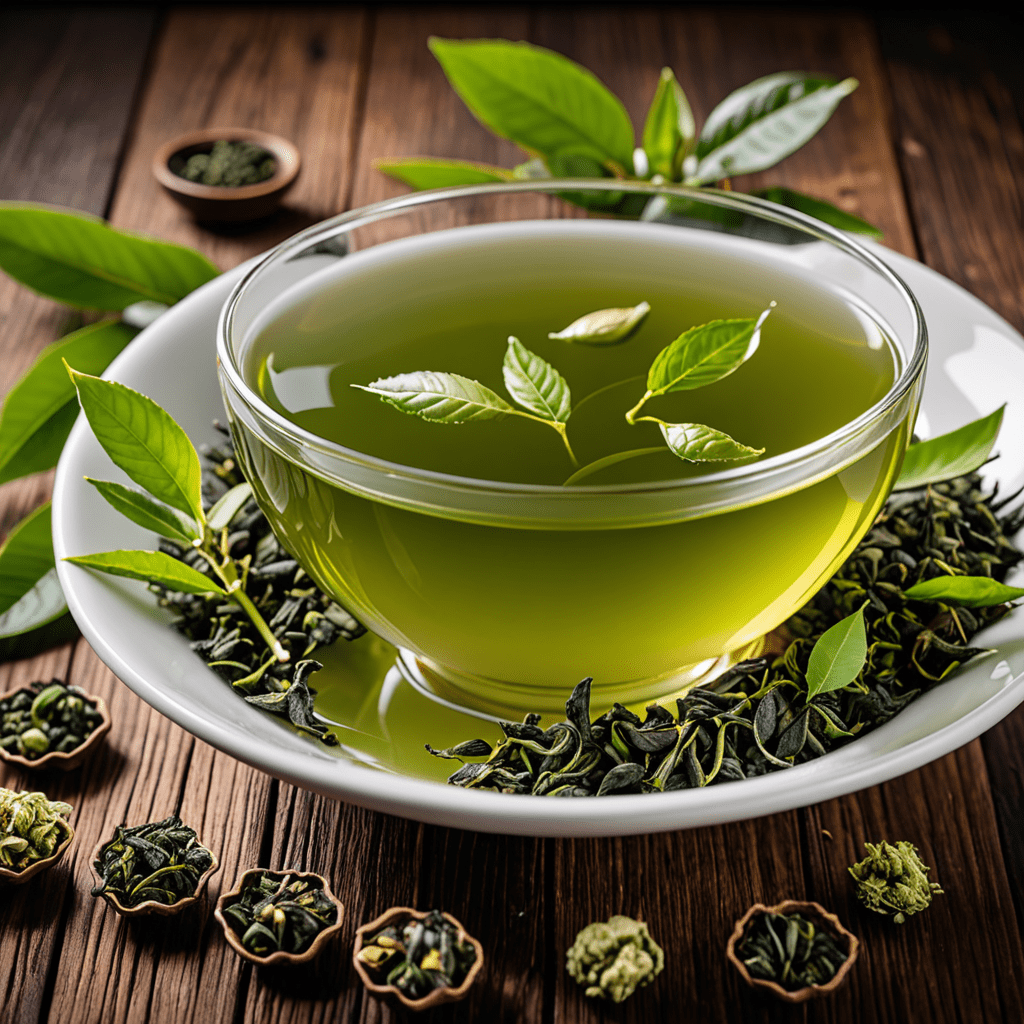1. Introduction: Exploring the Enchanting World of Ceylon Tea
Ceylon tea, renowned for its exquisite flavors, vibrant colors, and rich aroma, is an integral part of Sri Lanka's cultural heritage and economic landscape. For centuries, tea plantations nestled amidst the verdant hills have been meticulously cultivating and crafting this precious beverage, nurturing both body and soul. Ceylon tea, a symphony of diverse varieties and flavors, continues to captivate tea enthusiasts and connoisseurs worldwide, leaving an indelible mark on the global tea industry.
2. Historical Heritage: A Legacy Rooted in Ancient Traditions
The origins of Ceylon tea date back to the ancient Kandyan Kingdom, where tea was revered for its medicinal properties and ceremonial significance. In the mid-19th century, British colonists introduced large-scale tea plantations, transforming Sri Lanka into one of the world's leading tea producers. Over the years, Ceylon tea has become deeply ingrained in the country's culture, with traditional tea-drinking rituals and festivities celebrated across the island. The legacy of Ceylon tea is a testament to its enduring popularity and the unwavering dedication of Sri Lankan tea growers to preserving their ancestral craft.
3. Cultivation and Harvesting: The Art of Nurturing Excellence
Ceylon tea thrives in the tropical climate of Sri Lanka, where it receives abundant sunshine and rainfall. Tea bushes are carefully cultivated in rolling hills, often at elevations exceeding 2,000 feet, where the cooler temperatures contribute to the tea's distinctive flavors and aroma. Harvesting is a meticulous process, with skilled tea pluckers selectively picking only the tender, young leaves. The timing and frequency of plucking significantly influence the tea's quality, requiring years of expertise to achieve the perfect balance. The combination of favorable growing conditions and skilled cultivation ensures that Ceylon tea embodies the epitome of tea excellence.
4. Varieties and Flavors: A Symphony of Diverse Delights
The diverse topography and microclimates of Sri Lanka give rise to a remarkable array of Ceylon tea varieties, each boasting its unique flavor profile and characteristics. Black tea, the most popular type, is known for its rich, robust flavor and invigorating aroma. CTC (crush, tear, curl) black tea, with its smaller, granular leaves, is commonly used in tea bags, providing a quick and convenient brewing experience. Green tea, prized for its delicate, grassy notes and high antioxidant content, is minimally processed, preserving its vibrant green color and subtle flavors. White tea, the least processed variety, offers a delicate, ethereal taste with hints of floral and honeyed sweetness.
5. Health-Promoting Properties: Elixir for Body and Mind
Beyond its captivating flavors, Ceylon tea is renowned for its myriad health benefits. Black tea, rich in polyphenols and flavonoids, is a powerful antioxidant that helps protect cells from damage caused by free radicals. It may support cardiovascular health by reducing blood pressure and cholesterol levels. Green tea, with its higher concentration of catechins, has been linked to improved brain function, increased metabolism, and reduced risk of certain cancers. Both black and green tea contain L-theanine, an amino acid that promotes relaxation and well-being without drowsiness, making it an ideal beverage for unwinding after a long day or enhancing focus during tasks requiring concentration.
6. Cultural Significance: A Brew that Connects Communities
Ceylon tea is deeply interwoven into the cultural fabric of Sri Lanka. Tea drinking is an integral part of daily life, with families and friends gathering over steaming cups to engage in lively conversations and share stories. Tea plays a pivotal role in traditional ceremonies, festivals, and rituals, signifying hospitality, respect, and goodwill. The shared experience of savoring a cup of Ceylon tea transcends cultural and socioeconomic boundaries, fostering a sense of community and shared heritage.
7. Preparation and Enjoyment: Rituals of Refinement
Preparing the perfect cup of Ceylon tea is an art form in itself. Traditional methods involve using a teapot made of porcelain or clay. Boiling water is poured over loose tea leaves, which are allowed to steep for a few minutes, releasing their complex flavors and aromas. Milk and sugar are often added according to personal preference, creating a delightful and comforting beverage. In recent times, tea bags have become popular, offering a convenient alternative while still allowing enthusiasts to enjoy the exquisite taste of Ceylon tea.
8. Economic Impact: A Lifeline for Sri Lanka
Ceylon tea is a vital economic mainstay for Sri Lanka, contributing significantly to its export revenue and GDP. The industry provides employment to a large portion of the population, directly and indirectly, spanning cultivation, processing, packaging, and distribution. Tea auctions held in Colombo attract buyers from around the globe, where the finest grades of Ceylon tea fetch premium prices. The economic significance of Ceylon tea extends beyond monetary value, as it serves as a symbol of Sri Lanka's agricultural prowess and international reputation.
9. Sustainability and Ethical Production: Preserving a Heritage
In recognition of the importance of preserving the environment and ensuring fair labor practices, many Ceylon tea producers have adopted sustainable and ethical practices. Sustainable agriculture techniques, such as organic farming and water conservation, are employed to protect the delicate ecosystem and mitigate the industry's environmental footprint. Fair Trade certifications garantire fair wages and safe working conditions for tea workers throughout the supply chain, ensuring that the benefits of Ceylon tea are shared equitably. By embracing sustainability and ethical production, the Ceylon tea industry is contributing to a positive and enduring future for both the environment and its communities.
10. Conclusion: Ceylon Tea, A Journey of Transformation and Well-being
Ceylon tea is more than just a beverage; it is a living legacy that has shaped Sri Lanka's history, culture, and economy. The journey of Ceylon tea, from its humble origins to its global acclaim, is a testament to the passion and dedication of Sri Lankan tea growers and producers. As we savor the exquisite flavors and aromas of Ceylon tea, let us appreciate its transformative power to bring people together, promote well-being, and enrich our lives. May this enchanting brew continue to inspire and captivate tea lovers around the world for generations to come.
FAQs
What is the difference between black tea and green tea?
Black tea is fully oxidized, resulting in a dark, rich color and robust flavor. Green tea, on the other hand, is minimally oxidized, preserving its vibrant green color and delicate taste.
Which type of Ceylon tea is best for my health?
Both black and green Ceylon tea offer health benefits. Black tea is higher in antioxidants, supporting cardiovascular health, while green tea contains higher catechins, linked to improved brain function and reduced cancer risk.
How do I store Ceylon tea?
Store Ceylon tea in an airtight container away from light and moisture. This will preserve its freshness and prevent the degradation of its delicate flavors.
Where can I buy high-quality Ceylon tea?
You can purchase high-quality Ceylon tea from reputable tea merchants and online retailers specializing in premium teas. Look for brands that prioritize sustainable and ethical practices.



